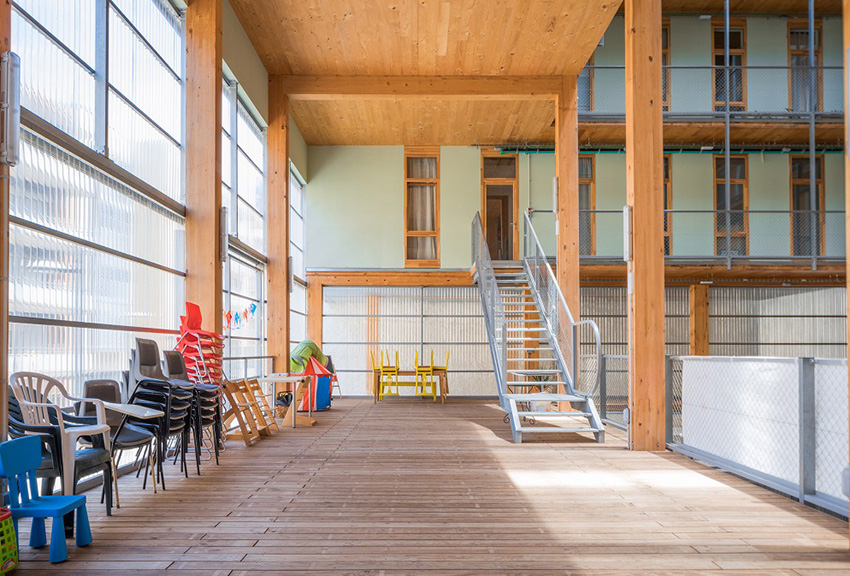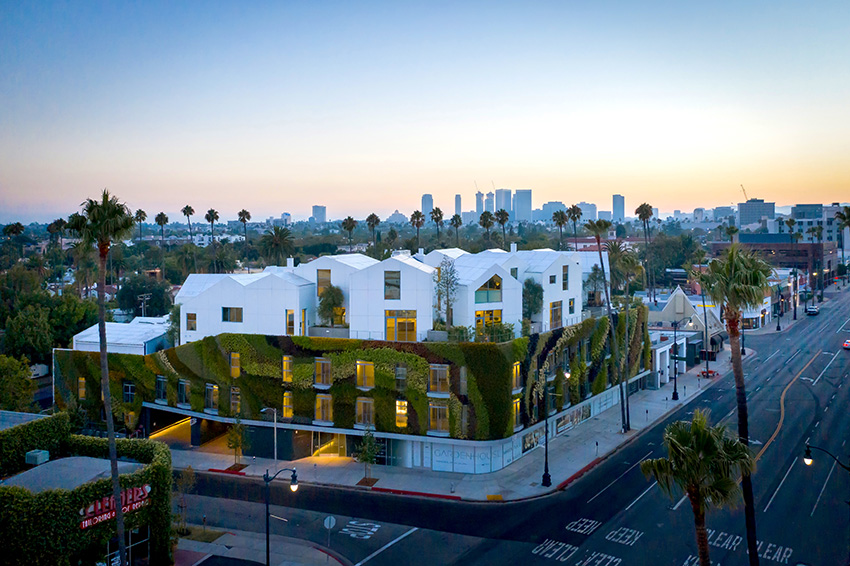Architecting Change: Design Strategies for a Healthy, Resilient, Climate-Smart Future
Learning Objectives:
- Recognize and describe current and emerging social, economic, and technological trends impacting the built environment, urbanism, and the business of architecture.
- Explain how community-centered participatory design and the strategic use of greenspaces in urban environments can benefit the health of individuals, communities, and cities.
- Discuss the built environment’s significant contribution to carbon emissions, and learn how designers are using life-cycle analysis to measure a building material’s impact on the carbon footprint of a project.
- Identify key factors contributing to the cost of mixed-use and multifamily developments, along with planning and design strategies that can help make these projects more affordable.
Credits:
This course is approved as a Structured Course
This course can be self-reported to the AANB, as per their CE Guidelines
Approved for structured learning
Approved for Core Learning
This course can be self-reported to the NLAA
Course may qualify for Learning Hours with NWTAA
Course eligible for OAA Learning Hours
This course is approved as a core course
This course can be self-reported for Learning Units to the Architectural Institute of British Columbia
THE DECADE AHEAD: DESIGN AND CITIES IN 2021 AND BEYOND
Designers Respond to the Demands of a Rapidly Changing World
Over the past decade, the architectural, construction, and engineering (AEC) sector has grappled with unprecedented technological and socioeconomic changes along with an unprecedented confluence of challenges to the health of our communities, our cities, and our planet. Climate change is accelerating—the 10 years leading up to 2020 was the warmest decade on record. Buildings and their construction account for 39% of global carbon dioxide emissions. At the same time, the built environment is growing at a record pace in the United States. It is estimated that 2.5 million new housing units are needed to make up for the nation’s housing shortage, a trend that has not abated in the face of a global pandemic. Economically, the price of housing has eclipsed the income of many Americans—precipitating a critical housing crisis in some regions—and adding to inequality and a rising homeless population across the nation. Amidst this, we spend as much as 90% of our time indoors, often cut off from nature.

Photo courtesy of Lluc Miralles, courtesy Lacol Arquitectura Cooperativa
La Borda Cooperative Housing in Barcelona. The project's development involved a lengthy community engagement process in which each resident served as a working group member, contributing to the project's design, function, and management.
While these challenges are daunting, thought leaders in the AEC industry increasingly see it as an opportunity to be at the forefront of change, with examples of design leadership across the country and around the world. Technological gains within the built environment are making zero-carbon construction attainable, dramatic energy savings achievable, and taller mass timber construction possible. Industry research, along with bold demonstration projects, is expanding the sector’s understanding of carbon sequestration, life-cycle assessment (LCA), Passive House principles, and biophilic and health-centered design.
Four design approaches are leading the industry’s response to these challenges and opportunities:
- Greenspace Boosting health, resilience, and well-being by including greenspaces in project designs
- A Focus on Community Building + Placemaking Lessons and learnings of community-centered, participatory design
- Lowering Building Carbon Footprints Redesigning the built environment to mitigate climate change
- Designing for Density and Affordability Boosting urban density and affordability through creative means
In this course, you’ll learn from design teams who are embracing these strategies and delivering solutions that begin to address some of the most pressing global challenges of our times.
GREENSPACE: A NATURAL PRESCRIPTION FOR HEALTHIER CITIES
Take a Walk in the Woods and Call Me in the Morning
A healthy city is a green city; a healthy urban dweller, a park-goer. There is ever-growing evidence that local access to greenspace and green views positively impacts physical health, mental well-being, and the overall resilience of a city—defined as its capacity to survive, adapt, and grow in the face of adversity. Easy access to greenspace, urban parks, and nature has been linked with improved human health—everything from better immune function, mental health, and cognitive capacity to a reduction in type 2 diabetes and cardiovascular morbidity. Proximity to greenspace has been correlated with lower rates of psychiatric disorders. Beyond this, a city of well-connected, attractive greenspaces may be better equipped to bounce back from crises, natural disasters, and extreme weather events. These benefits extend to all population groups, particularly marginalized and low-income segments. The science is still emerging and more research is needed, but initial findings and anecdotal reports show promising results. A walk in the woods may be just what the doctor ordered.
Density Isn’t the Problem, Equitable Access to Greenspace Is
Increasing equitable access to greenspace may be the biggest hurdle to countering such crowding and creating more resilient cities. In the U.S. alone, 100 million people (28 million children included) do not have a neighborhood park within a 10-minute walk from home. The good news is, progress is being made. It’s part of a concerted effort called the 10-minute Walk, a nationwide movement championed by The Trust for Public Land, National Recreation and Park Association, and the Urban Land Institute. The program is enlisting mayors from across the nation to improve access to parks and greenspaces.



















